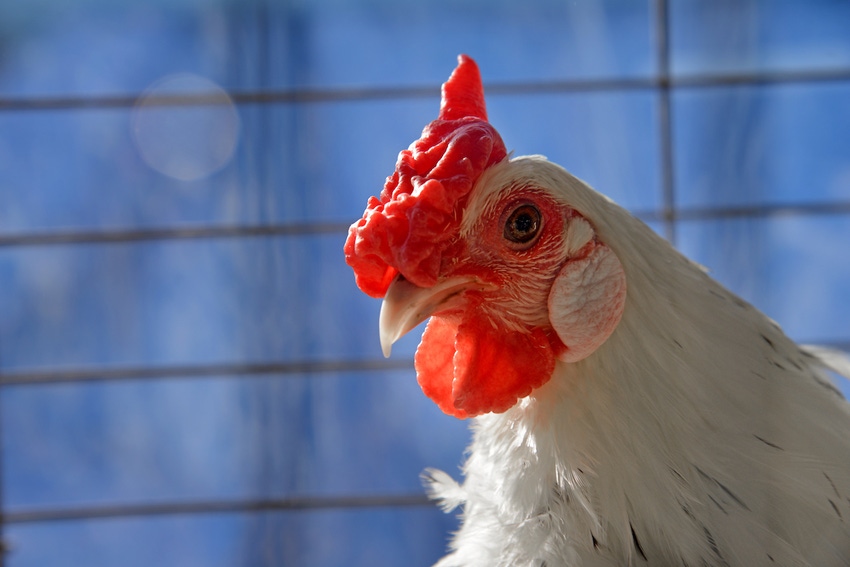Colibacillosis estimated to cost poultry industry millions of dollars each year in losses.
November 12, 2020

Researchers from North Carolina State University have found that when a particular strain of Enterococcus is found alongside Escherichia coli in cases of avian colibacillosis, the fatality rate is higher than when the infection is caused by E. coli alone.
Avian colibacillosis is an infection caused by a strain of E. coli called avian pathogenic E. coli (APEC). Specifically adapted to birds, it can cause septicemia, organ failure and death. The infection is estimated to cost the U.S. poultry industry millions of dollars a year in losses, the researchers said.
“The way we rear poultry can create a perfect storm of colibacillosis,” said Grayson Walker, a veterinary and doctoral student in Dr. Luke Borst’s laboratory at North Carolina State’s College of Veterinary Medicine and first author of the study. “If one egg in a hatchery is contaminated, it could spread to an entire farm.”
Walker and his colleagues observed six poultry flocks — three chicken flocks and three turkey flocks — over a three-year period, taking postmortem samples from birds suspected to have colibacillosis and culturing them to see which bacteria were present. They cultured both Enterococcus faecalis (EF) bacteria and APEC from many of the samples and wanted to find out whether the presence of both bacteria increased mortality rates in birds.
Enterococcus species are normally present in the gastrointestinal tracts of birds, but some strains — such as EF — recently have been associated with more serious infections in birds, the researchers said.
“Given the prevalence of co-isolated pathogens in postmortem samples, we hypothesized that co-infections are more likely to result in death of the animal compared to single-species infections from which birds may be more likely to recover,” Walker said.
The researchers created an embryo infection model in which embryos were exposed to just EF, just APEC or both. The researchers found that co-infection with both APEC and EF resulted in a 95% mortality rate, which was three times higher than that caused by EF alone (32%) and substantially more than APEC alone (59%).
“This is a preliminary study,” Walker said. “Our next steps will involve looking more closely at synergies between these pathogens in colibacillosis. We do know that all poultry are affected by this disease, it’s expensive for the industry and Enterococcus could be playing a previously unknown role in its progression.”
The study appears in Avian Pathology and was supported, in part, by the National Institutes of Health. Luke Borst, associate professor of veterinary anatomic pathology, is corresponding author. Professor of population health and pathobiology Siddhartha Thakur, veterinary residents Sesny Gall and Laura Chen and research specialist Mitsu Suyemoto also contributed to the work.
You May Also Like


.png?width=300&auto=webp&quality=80&disable=upscale)
